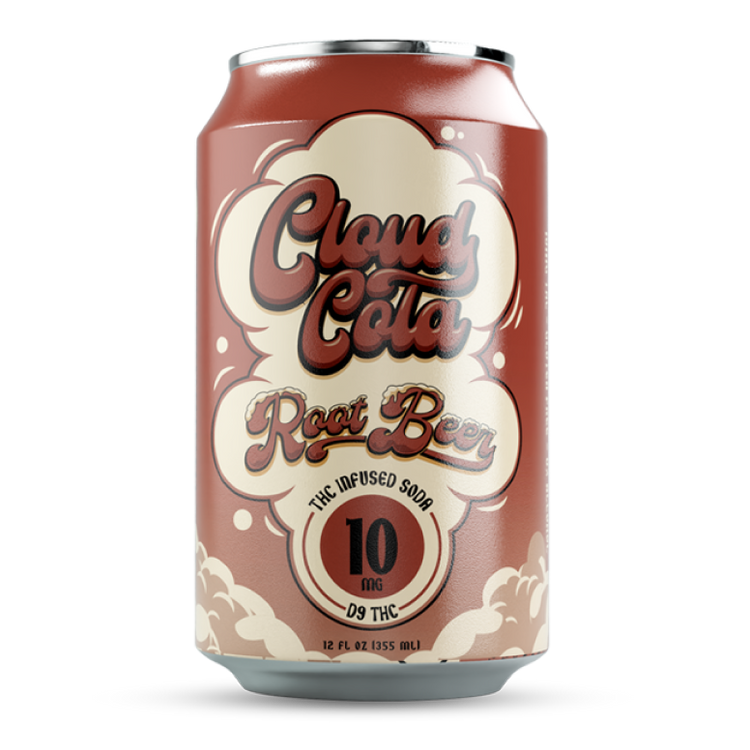Mechanism of Action
THC, the psychoactive compound in cannabis, exerts its analgesic effects primarily through its interaction with the endocannabinoid system (ECS). This complex network of receptors and neurotransmitters plays a crucial role in regulating various physiological processes, including pain perception. THC binds to cannabinoid receptors, particularly CB1 receptors, which are densely concentrated in the central nervous system, including the brain and spinal cord.
By activating these receptors, THC modulates the release of neurotransmitters involved in pain signaling. It can inhibit the transmission of pain signals from the periphery to the brain, thereby reducing pain perception. Additionally, THC may interact with other neurotransmitter systems, such as those involving serotonin and dopamine, which also contribute to pain modulation.
Types of Pain Relief
Pain relief is a multifaceted topic with various approaches depending on the type and severity of pain.
Over-the-counter pain relievers, like ibuprofen or acetaminophen, are commonly used for mild to moderate pain and inflammation.
For more severe pain, prescription medications such as opioids may be necessary. These drugs work by binding to opioid receptors in the brain and spinal cord, blocking pain signals and inducing a sense of euphoria.
Alternative therapies like physical therapy, massage, acupuncture, and yoga can also be helpful in managing pain by addressing underlying causes, improving mobility, and reducing stress.
Existing Studies and Research
Numerous studies have investigated the analgesic effects of THC. Research has shown that THC can effectively reduce chronic pain, including neuropathic pain, arthritis pain, and cancer-related pain.
Clinical trials have demonstrated the efficacy of THC in managing pain associated with multiple sclerosis and spinal cord injuries.
Furthermore, studies have explored the potential of THC to alleviate pain symptoms in patients with fibromyalgia and inflammatory bowel disease.
However, it is important to note that research on THC for pain relief is ongoing and more studies are needed to fully understand its mechanisms of action, optimal dosages, and long-term effects.
Dosage and Effectiveness

While THC shows promise in pain management, determining the optimal dosage for effective pain relief varies greatly depending on factors such as individual tolerance, pain severity, and method of consumption.
Generally, starting with a low dose and gradually increasing it until the desired effect is achieved is recommended.
Consulting with a healthcare professional is crucial for personalized guidance on appropriate THC dosages and potential interactions with other medications.
Potential Side Effects
Like any medication, THC can have potential side effects. Common side effects may include: increased heart rate, dry mouth, red eyes, dizziness, anxiety, paranoia, and impaired coordination.
In some individuals, THC can also trigger or worsen pre-existing mental health conditions such as anxiety disorders or psychosis.
It’s important to be aware of these potential side effects and use THC responsibly.
THC Content
THC content in cannabis products can vary widely depending on the strain, growing methods, and processing techniques.
Typical THC concentrations range from a few percent to over 30%.
The specific THC content of a product will be indicated on its label.

Flavor and Brand Reputation
THC is increasingly recognized as a potential therapeutic agent for pain relief due to its interaction with the endocannabinoid system, which plays a crucial role in pain perception.
- Studies have demonstrated THC’s effectiveness in managing various types of chronic pain, including neuropathic pain, arthritis pain, and cancer-related pain.
- Clinical trials support THC’s efficacy in alleviating pain associated with multiple sclerosis and spinal cord injuries.
- Research has also explored the potential of THC to reduce pain symptoms in patients with fibromyalgia and inflammatory bowel disease.

While promising, research on THC for pain relief is ongoing. Factors influencing dosage include individual tolerance, pain severity, and method of consumption. Consulting a healthcare professional is essential for personalized guidance.
Ingredients and Additives
The increasing recognition of THC as a potential therapeutic agent for pain management stems from its interaction with the endocannabinoid system (ECS), which plays a vital role in regulating pain perception.
- Chronic pain conditions such as neuropathic pain, arthritis pain, and cancer-related pain have been shown to respond effectively to THC treatment in numerous studies.
- Clinical trials have provided support for the efficacy of THC in alleviating pain associated with multiple sclerosis and spinal cord injuries.
- Research continues to explore the potential of THC in reducing pain symptoms experienced by individuals with fibromyalgia and inflammatory bowel disease.
Despite these promising findings, further research is needed to fully understand the mechanisms of action, optimal dosages, and long-term effects of THC for pain relief.
Cloud Cola’s infused cannabis sodas – taste the difference
- Why Does My Lip Filler Not Last - November 14, 2025
- What Is The Difference Between Cheek Fillers And Temple Fillers? - November 12, 2025
- What Are The Best CBD Gummy Sweets For General Wellbeing - November 10, 2025

